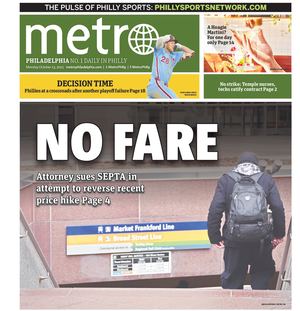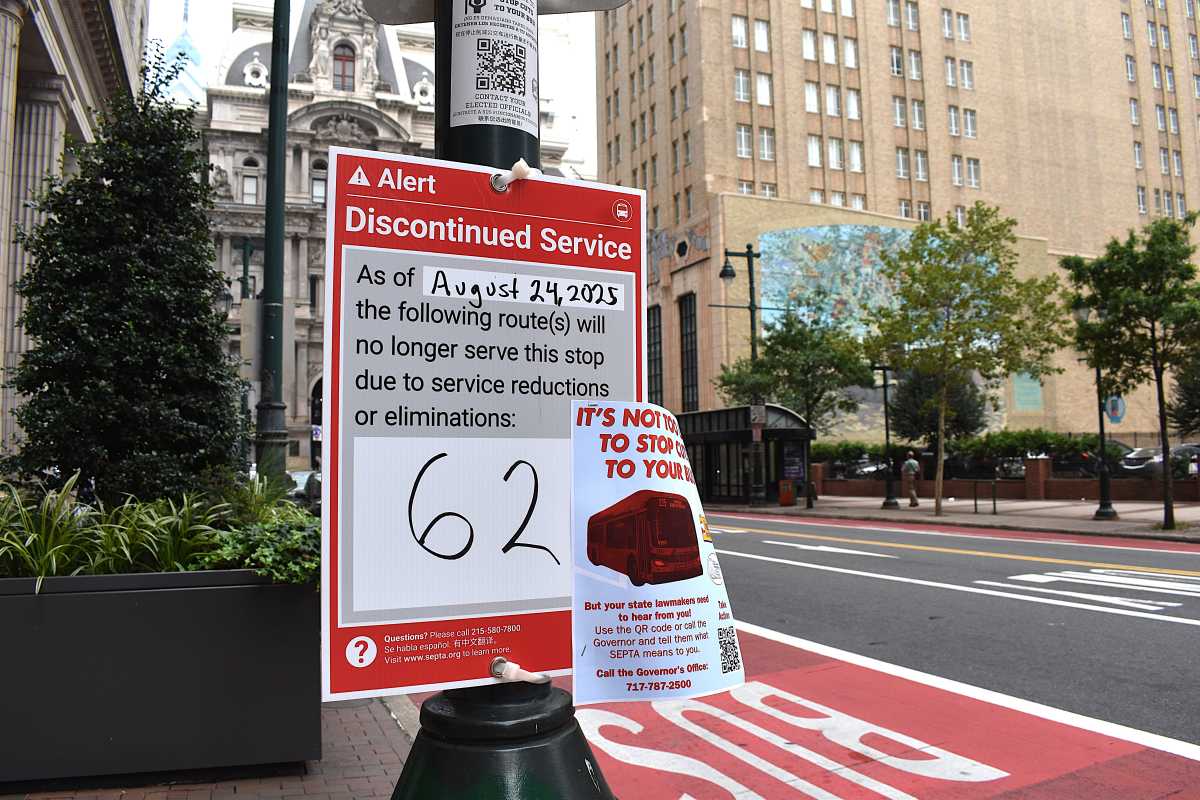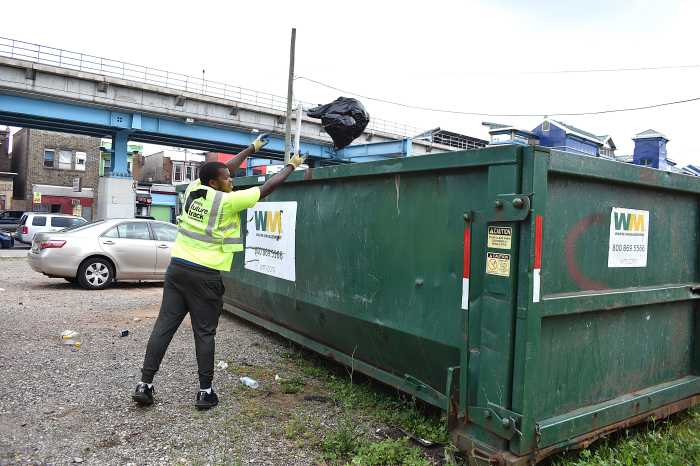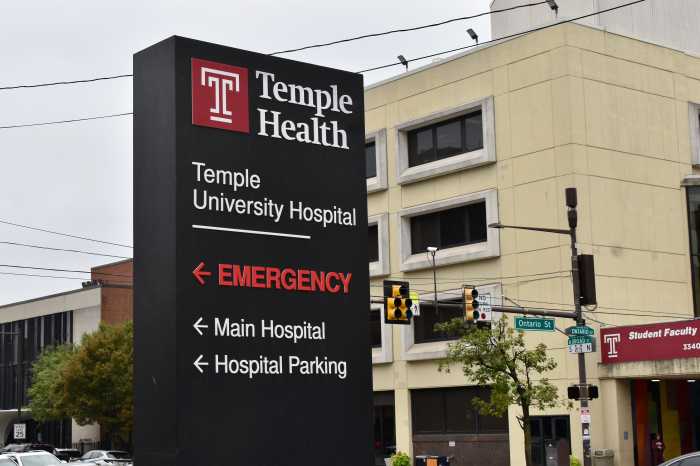Sixty years ago, SEPTA was established in order to help rescue passenger transit around Philadelphia.
The city didn’t just play a critical role in early railroads in the US — it’s railway ingenuity helped to make the US railway systems what they are today. Our treasure trove of seemingly ancient train station architecture is seemingly endless — including Shawmont Station in Roxborough, which dates from 1826 and still stands today.
The Southeastern Pennsylvania Transportation Authority is the sixth largest rapid transit system in the US and is one of the largest of it’s kind to operate motorbuses, trolleybuses, regional rail, light rail trolleys, elevated trains, and the subway. Created by the State of Pennsylvania, it serves both Philadelphia and surrounding Bucks, Montgomery, Chester, and Delaware counties.
Sixty-two years ago, in August 1963 , the PA General Assembly created SEPTA. It’s original purpose was the overseeing and delivery of government funds to both railroads and transit organizations across Southeastern Pennsylvania. In November 1965 , SEPTA took over two existing organizations. Since 1961, SEPACT had been helping to optimize issues with regional transportation. Since 1960 , PSIC had been working to keep legacy Reading Railroad and Pennsylvania Railroad commuter lines going — which had been struggling to turn a profit.
Rise to prominence
The 1968 acquisition of the PTC (Philadelphia Transportation Company) gave SEPTA control of bus service across the city, the Broad Street Line (subway), trolley routes, and two subway-elevated rails including the Market-Frankford Line.
SEPTA’s 1970 acquisition of the Philadelphia Suburban Transportation Company (better known as the Red Arrow Lines) gave them bus routes in the suburbs (specifically in Delaware County). It also gave SEPTA the former lines of the P&W (Philadelphia and Western Railroad). One of the resulting lines would eventually be renamed the Norristown High Speed Line that we know today.
Then in our bicentennial year of 1976 , Conrail acquired bankrupt assets of both the Reading and Penn Central Railroads. In January 1983 , SEPTA completely took over those assets with the complete formation of its Railroad Division.
Fall from grace
The 2020 pandemic was devastating to ridership and revenue for SEPTA. This combined with a lack of supplemental funds at the state level — despite pressure from Pennsylvania politicians —
This week is the first impact Philadelphians have felt of the budget shortfall, which includes cuts to five regional rail lines and 32 bus routes and a looming 21.5% fare hike scheduled in less than two weeks. For a city rich in transit history , it’s an unfortunate reality.




























